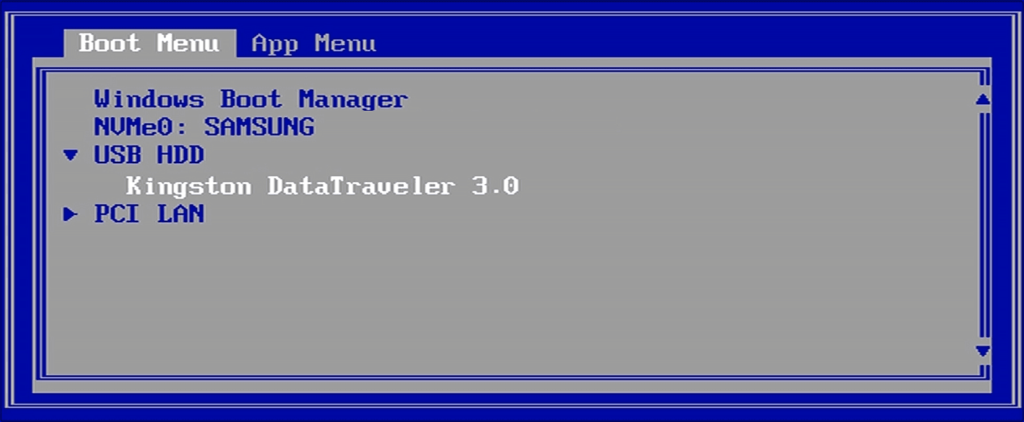Ever tried to boot Windows installation from a USB flash drive and it didn’t work?
Recently I used Rufus to “burn” one of my custom Windows images to a USB flash drive.
What I wanted to do was to install Windows from a USB flash drive to a client computer.
As one would assume to be correct, I inserted the USB stick in my target computer, I hit F12 to enter the boot option screen and selected my USB flash drive.
Instead of starting the installation the screen just went back to the boot menu again and again each time I tried…

There seemed to be something wrong with the way the USB flash drive was set up…
What could it be? Rufus? Wrong partition table? Wrong file format? Corrupt Windows installation? I decided to find out!
There are two ways by which Rufus can make a Windows installation drive. UEFI or BIOS.
The Rufus documentation makes it clear that in order to boot a UEFI NTFS drive you have to disable “secure boot” in the computer BIOS. Which kind of sucks right? Not because secure boot is such an important thing, but because it is just another tedious step in the process.
So how about just not use UEFI and return to the medieval BIOS? Well you can, but then you will most probably have to enable “legacy boot” in the BIOS settings which takes us back to square one.
Either if you use UEFI or Legacy BIOS in Rufus you will have to change something in the BIOS settings 😣.

Note that this only happens if you are using a flash drive made with Rufus.
If you use a flash drive made with Windows Media Creation tool for example you will be able to boot without Secure Boot and without Legacy boot.
So in essence Secure Boot is a piece of 💩